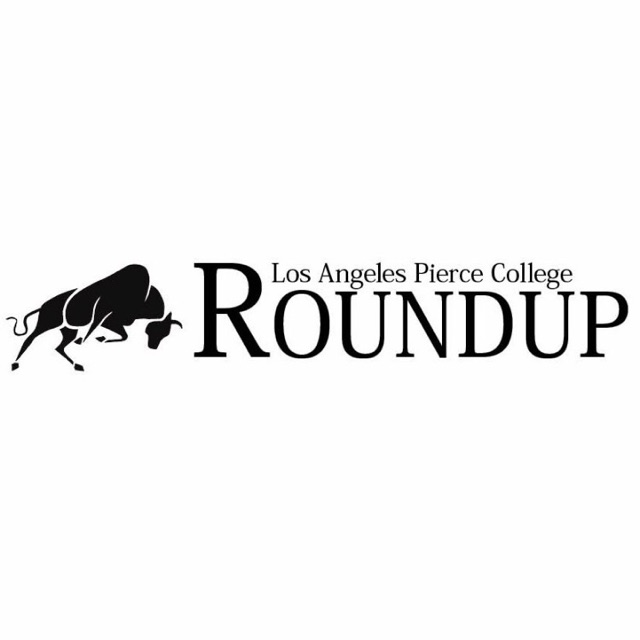*Correction: The sentence that reads “One way to put on emphasis on adult enrollment if through Outreach programs” should say: One way to put an emphasis on dual enrollment is through Outreach programs.
Success is a subjective term that is often hard to define, but with the new statewide Student Focus Funding Formula, success has three definitions: milestones, completion and post completion.
Milestones include students completing transfer-level English and math courses and Career and Technical Education (CTE) courses. Completion pertains to the degrees and certificates students earn while at Pierce. Post completion refers to the transfer rate of students and living wages earned because of job planning at Pierce.
The funding model is changing from the traditional system of receiving funding solely from Full-Time Equivalent Students (FTES) completion to include outside factors.
These other elements will include a student’s usage of the Pell and California Promise Grant. Also, students’ completion of transfer level math and English courses, degrees/certificates earned and transfer rates will bring funding to Pierce.
Although parts of the old model will still be integrated into the new finance plan, the incoming model will be more goal-oriented.
“The rest is built around these success parameters,” Interim President Larry Buckley said. “Now success doesn’t just mean that you got a degree or certificate, or even transferred. It means that you participated in things during your time here that increased your likelihood of success.”
This means that the school will receive funding based on students’ achievement.
For example, a first generation college student who is eligible for both the Pell and California Promise Grants, who received a transfer degree and is transferring to a four-year university will bring Pierce increased funding.
“Not all performance based funding modules have equity involved,” Ryan Cornner, the Vice Chancellor of Educational Programs and Institutional Effectiveness, said in a phone interview. “The funding module ensures a focus on students who need the greatest support and making sure you include all students.”
The new model is based on student engagement, completion and enrollment. This means that Pierce faculty and administration need to reevaluate the way they are currently helping students meet their goals.
Another key aspect of this system is the concept of completion.
In light of AB 705, students will have the opportunity to complete a transfer level math or English class within one year. Also, students’ timely fulfillment of academic programs and sequences will soon be assisted by Guided Pathways, will result in increased funding for the school.
“All of those things have been discussions for years,” Amari Williams, the Dean of Institutional Effectiveness, said. “I think what is helpful is to think of things as a shift in paradigm. So, I think what is happening at the state level and trickling down to the colleges, is this idea ‘let’s make sure we have things organized in terms of what can we offer students.”
However, completion and success does not only apply to the degrees students earn. These concepts can also refer to the certificates acquired and the income received because of the certificates.
Career planning falls under the CTE department. Since success is also measured by the career goals one achieves because of Pierce, the school receives funding for enrollment in CTE classes.
“There is a study that shows that there are a lot of students who enroll in classes they enjoy and they do better,” Ryan Cornner, the Vice Chancellor of Educational Programs and Institutional Effectiveness, said in a phone interview.
Finding a career in one’s desired field after Pierce is an important part of the term success when applied to Pierce.
Another way to track accomplishment through the new funding model is to focus on dual enrollment and adult education.
One way to put on emphasis on adult enrollment if through Outreach programs. By targeting high school students and getting them to concurrently enrolled in high school and Pierce, the school will receive increased funding.
“Because they took four classes here, the college will get funding, they get to count them as a transfer,” Buckley said.
If a high school student were to take 12 units at Pierce, when they graduate high school and go to a California State University, this will be equivalent to a transfer from Pierce. As a result, the school will gain more funds.
The new funding model is structured around student success. With this model and the launch of new programs and initiatives like AB 705 compliant courses, Guided Pathways, Outreach courses and the UHaftaFAFSA campaign, the school is aiming to help students succeed.




